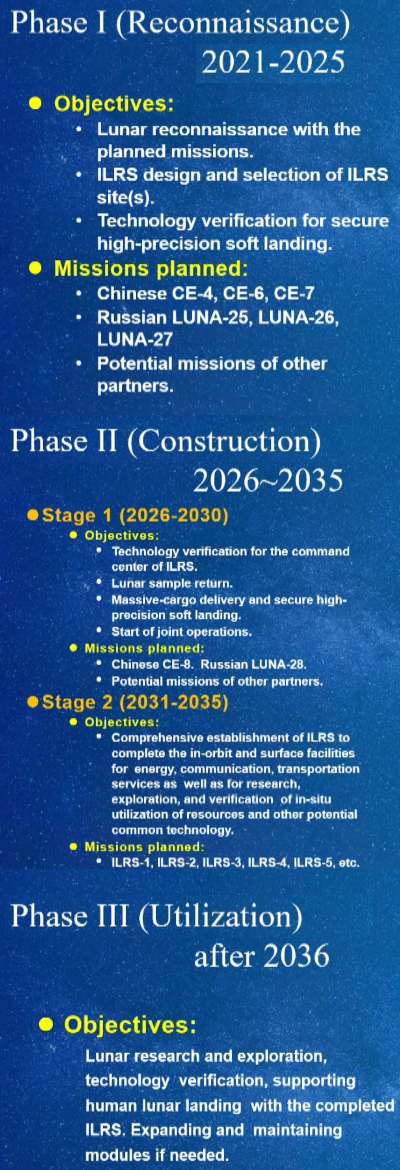SpaceX successfully launches astronauts to ISS
Capitalism in space: SpaceX this morning successfully launched two NASA astronauts, one Japanese astronaut, and one Russian astronaut into orbit for a mission to ISS, with the docking scheduled for tomorrow.
The capsule, Endurance, is making its second flight. This was SpaceX’s eighth manned launch. The first stage, making its first fight, landed successfully on the drone ship in the Atlantic. This was the first new first stage launched since May 2022, and only the second this year. All other launches in 2022 were completed using SpaceX’s existing fleet of boosters. The company also continues to hold to the pattern of last year for maintaining that fleet, by adding two new boosters each year.
That this achievement is now becoming as routine as SpaceX’s unmanned launches proves the company’s success. And SpaceX did it in less than a decade, something NASA with its government-built shuttle was never able to accomplish.
The leaders in the 2022 launch race:
44 SpaceX
41 China
12 Russia
7 Rocket Lab
7 ULA
American private enterprise now leads China 63 to 41 in the national rankings, and the entire world combined 63 to 61.
Capitalism in space: SpaceX this morning successfully launched two NASA astronauts, one Japanese astronaut, and one Russian astronaut into orbit for a mission to ISS, with the docking scheduled for tomorrow.
The capsule, Endurance, is making its second flight. This was SpaceX’s eighth manned launch. The first stage, making its first fight, landed successfully on the drone ship in the Atlantic. This was the first new first stage launched since May 2022, and only the second this year. All other launches in 2022 were completed using SpaceX’s existing fleet of boosters. The company also continues to hold to the pattern of last year for maintaining that fleet, by adding two new boosters each year.
That this achievement is now becoming as routine as SpaceX’s unmanned launches proves the company’s success. And SpaceX did it in less than a decade, something NASA with its government-built shuttle was never able to accomplish.
The leaders in the 2022 launch race:
44 SpaceX
41 China
12 Russia
7 Rocket Lab
7 ULA
American private enterprise now leads China 63 to 41 in the national rankings, and the entire world combined 63 to 61.








